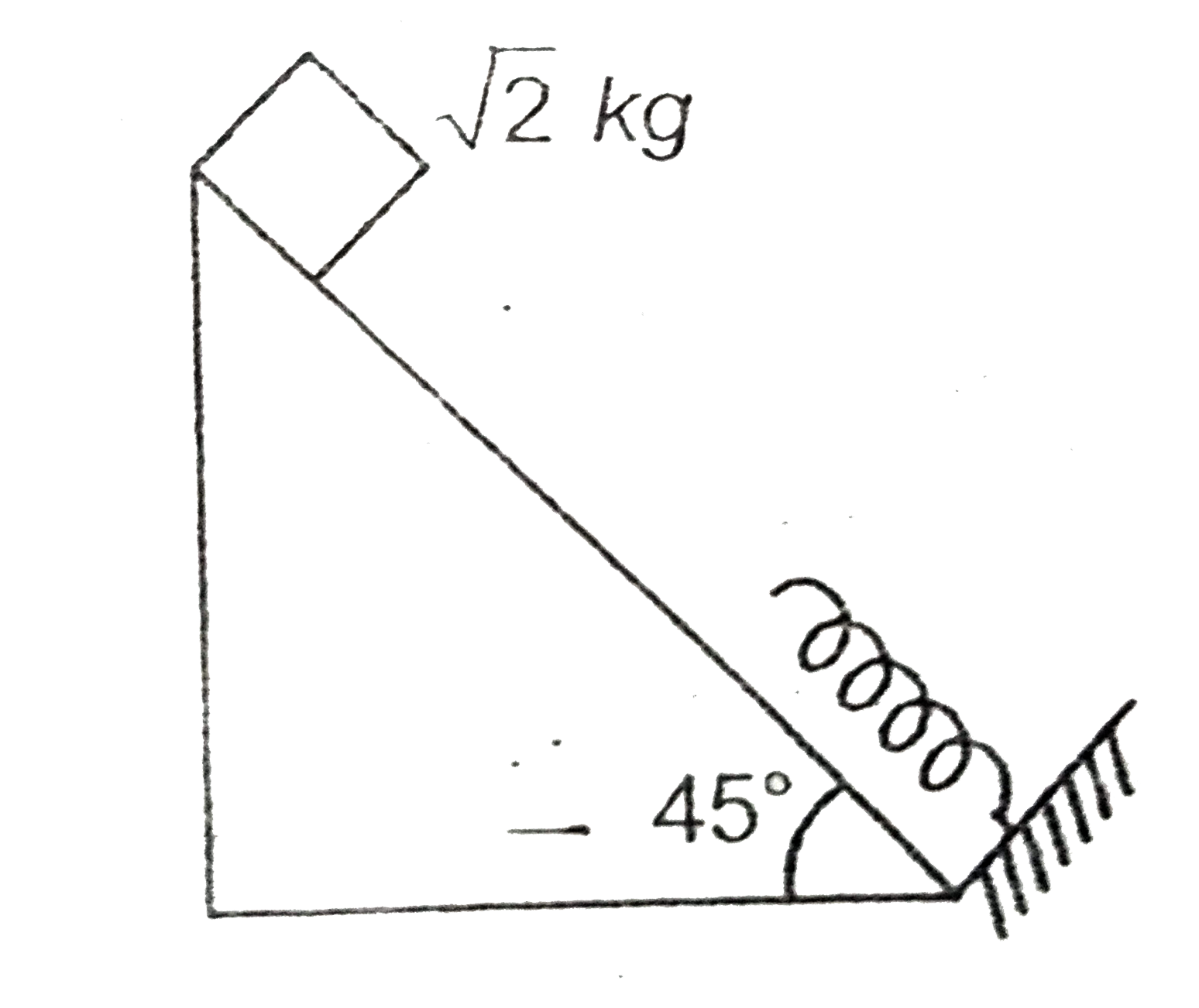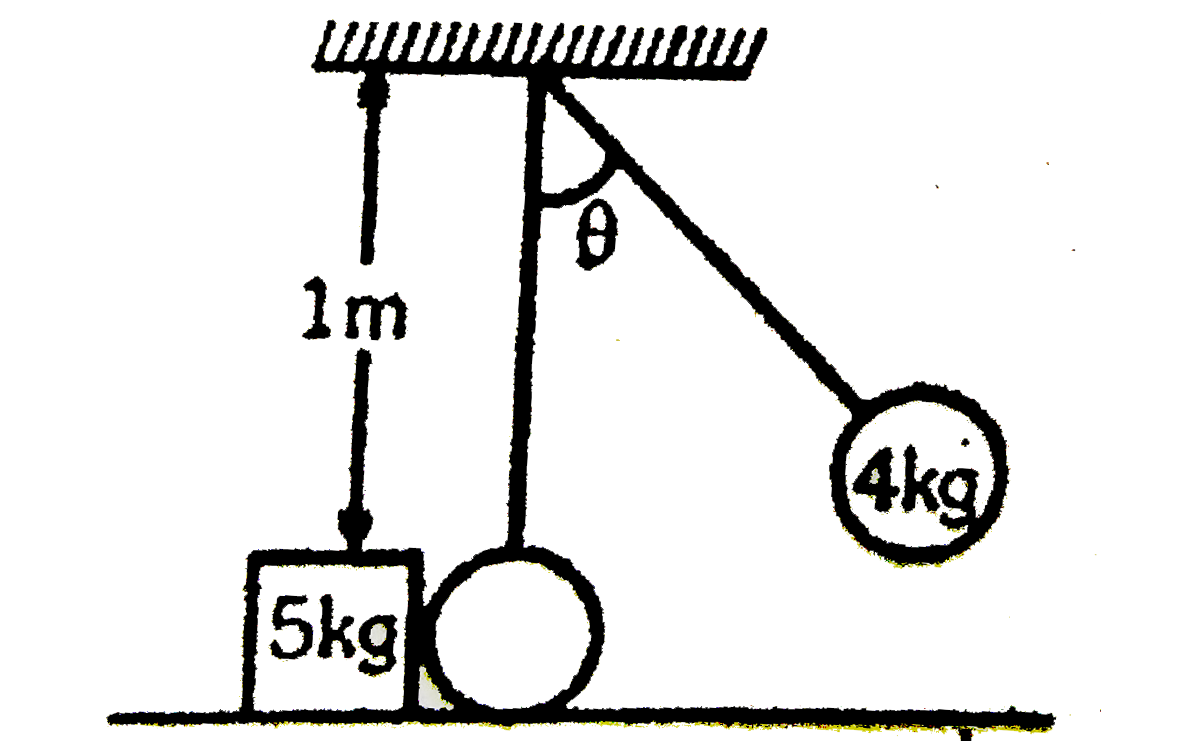An athlete does not come to rest immedietly after crossing the winning line due to the
Inertia of rest
Inertai of motion
Inertia of direction
None of these
The correct Answer is:B
Step-by-Step Solution:
1. Understanding the Scenario: An athlete is running a race and crosses the winning line. The question asks why the athlete does not come to an immediate stop after crossing the line.
2. Newton's First Law of Motion: According to Newton's first law, an object in motion will remain in motion unless acted upon by an external force. This means that once the athlete is in motion, they will continue to move forward unless something stops them.
3. Inertia: The concept of inertia explains that the athlete has a tendency to keep moving in the same direction at the same speed due to their mass. This is why they do not stop immediately after crossing the finish line.
4. Momentum: The athlete has momentum, which is the product of mass and velocity. When they cross the finish line, they still possess this momentum, and it requires a force (like friction or a deliberate action by the athlete) to bring them to a stop.
5. Physical Factors: The athlete may also be focused on their performance and may not immediately think to stop. Additionally, the running surface (track) may not provide enough friction to stop instantly.
6. Conclusion: Therefore, the athlete does not stop immediately after crossing the winning line due to inertia, momentum, and the lack of sufficient external force acting to stop them.
Topper's Solved these Questions
- LAWS OF MOTIONBook:AAKASH INSTITUTEChapter:LAWS OF MOTIONExercise:ASSIGNMENT ( SECTION -B) objective type questions (one option is correct)
Explore 33 Videos
- LAWS OF MOTIONBook:AAKASH INSTITUTEChapter:LAWS OF MOTIONExercise:ASSIGNMENT ( SECTION -C) objective type questions (More than one options are correct)
Explore 7 Videos
- LAWS OF MOTIONBook:AAKASH INSTITUTEChapter:LAWS OF MOTIONExercise:TRY YOURSELF
Explore 67 Videos
- KINETIC THEORYBook:AAKASH INSTITUTEChapter:KINETIC THEORYExercise:EXERCISE (ASSIGNMENT) SECTION - D Assertion - Reason Type Questions
Explore 10 Videos
- MAGNETISM AND MATTER Book:AAKASH INSTITUTEChapter:MAGNETISM AND MATTER Exercise:ASSIGNMENT (SECTION D)
Explore 26 Videos
Similar Questions
Why does a boat come to rest if we stop rowing it?
View SolutionA block of mass √2 kg is released from the top of an inclined smooth surface as shown in fighre. If spring constant of spring is 100 N/m and block comes to rest after compressing the spring by 1 m, then the distance travelled by block befor it comes to rest is

View Solution
Knowledge Check
An athlete does not come to rest immediately after crossing the winning line due to the -
AInertia of restBInertia of motionCInertia of directionDNone of theseA block of mass 1kg moving with a speed of 4ms−1, collides with another block of mass 2kg which is at rest. If the lighter block comes to rest after collision, then the speed of the heavier body is
A2ms−1B1ms−1C1.5ms−1D0.5ms−1A block of mass 1kg moving with a speed of 4ms−1, collides with another block of mass 2kg which is at rest. The lighter block comes to rest after collision. The loss in KE of the system is
A8 JB4×10−7JC4 JD0 J
The 4kg sphere form rest when θ=60∘ strikes a block mass of 5kg placed on a rough horizontal plane and comes to rest after collision. The 5kg block comes to rest after moving a distance of 0.8m. Find μ of ground & block & coefficient of restituation e.

View SolutionTrucks after trucks crossed the prohibited line.
View SolutionStarting from rest, what will be Mahendra's velocity after one second if he is falling down due to the gravitational force of the earth?
View SolutionA packet of weight w is dropped with the help of a parachute and on striking the ground comes to rest with retardation equal to twice the acceleration due to gravity. The force exerted on the ground is
View SolutionWater jet coming out of a stationary horizontal tube at speed v strikes horizontally a massive wall moving in opposite with same speed. Water come to rest relative to wall after striking. Treating A as cross-section of jet and density of water as ρ. Select the correct alternative(s)
View Solution

